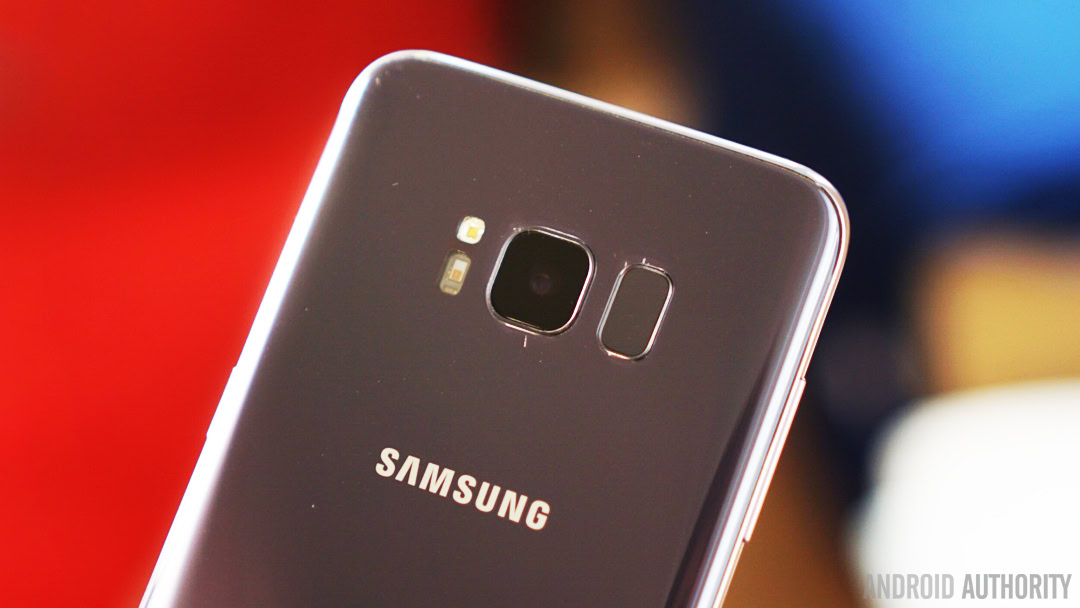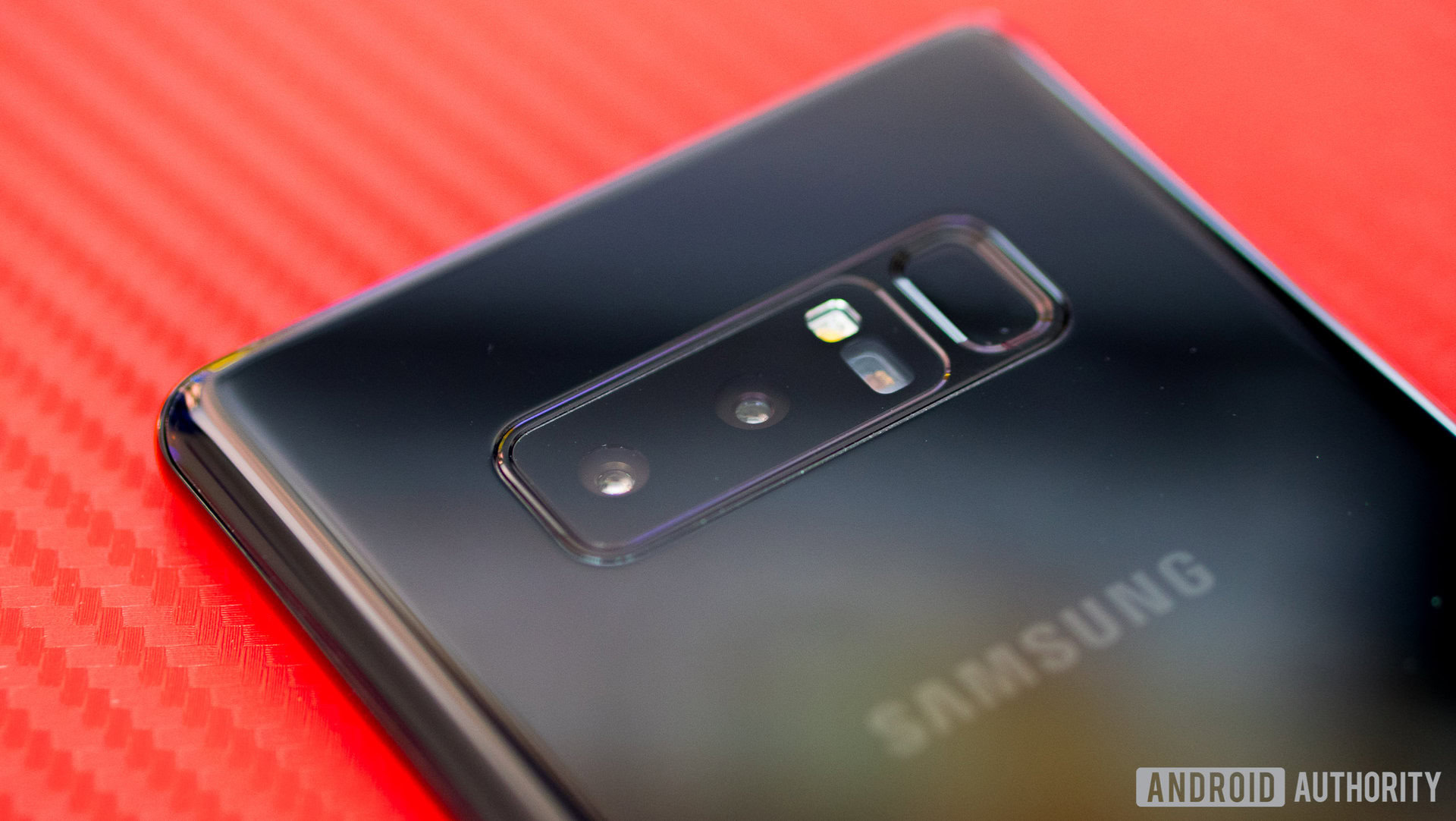Affiliate links on Android Authority may earn us a commission. Learn more.
The Samsung Galaxy S9 could feature a 1,000 fps camera
September 18, 2017

Samsung is developing a new camera that can snap up to 1,000 pictures a second. The Korean tech giant is said to be moving through the testing phase and is on the verge of the mass production in November. This could mean the camera will feature in the Samsung Galaxy S9.
So, how does it work and what exactly does it mean? Samsung is working on what’s called a “three-layered image sensor.” In a normal setting, you have a camera sensor and a logic board that is responsible for the process of taking pictures. The logic board takes the image passed through the sensor, does some math, and turns what you’re seeing into data to be stored on your phone. Samsung is adding a DRAM chip into that equation to allow the camera to capture video at 1,000 fps. That will rank up with Sony for the slowest of the slow-mo.
Speaking of Sony, it was the first company to commercialize these new three-layered sensors. The Sony Xperia XZ Premium features a camera that captures video at up to 960 fps at 720p. It looks like Samsung took notice. While Samsung looks to emulate the technology, the process by which it’s doing so is different. Sony’s process is cheaper and easier to manufacture, but it’s rumored that Samsung wanted to avoid paying Sony royalty fees for using its process.
Even though Samsung’s method will cost more, there are positives. Since Samsung is part of a conglomerate, it can get its hands on the chips it needs internally. This should decrease wait times and potential overhead. It’s also reported that Samsung’s process can offer better performance, though we don’t have specifics on that yet. The real danger for Samsung is the error rate in production lines. Since it’s working with a three-layer chip, if any of those layers are bad, the entire chip has to be tossed. And that can get pricey.

Samsung currently uses Sony sensors in half of its flagship phones. We generally see US models with Sony sensors while Samsung’s home market of South Korea gets phones with its own sensors. It stands to reason that we will see a US variant of the Samsung Galaxy S9 with Sony’s camera that can produce high frame-rate video, with other territories seeing Samsung’s new camera that can do the same.
We’re already in the era of $1,000 smartphones. Whether you agree with the validity of those prices or not, we could see them rise even higher with high-cost features like these in future flagships.
Thank you for being part of our community. Read our Comment Policy before posting.